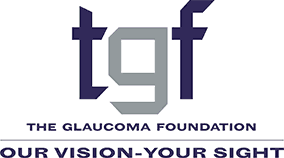
TGF’s new Kumar Mahadeva Research Grant was recently awarded to Dr. Adriana Di Polo, whose lab at the University of Montreal focuses on the pathology of retinal ganglion cells (RGC), the neurons that die in glaucoma.
RGCs are metabolically active and require precise regulation of blood supply to meet their high oxygen and nutrient demand. The vascular theory of glaucoma proposes that insufficient blood flow contributes to RGC neurodegeneration. Glaucoma patients suffer from vascular defects, but the cellular mechanisms underlying vascular dysfunction in glaucoma and their impact are currently unknown.
Pericytes, the ensheathing cells that wrap around capillary walls, have emerged as key regulators of microcirculatory blood flow and neurovascular coupling. The retinal microvasculature is rich in pericytes. Di Polo’s lab recently reported that inter-pericyte tunneling nanotubes (IP-TNTs), fine tubular processes that connect retinal pericytes on distal capillary systems, are essential for vascular coupling in the retina. But the role of pericytes and IP-TNTs in vascular dysregulation in glaucoma has not been investigated until now.
To fill this gap, Di Polo’s lab recently developed a novel laser scanning microscopy technique to visualize retinal pericytes and capillary blood flow in living mice. Their data support their hypothesis that pericytes play a critical role in early microvascular deficits and neurovascular dysfunction in glaucoma.
The newly-funded project aims to identify the cellular and molecular mechanisms of pericyte dysfunction during ocular hypertension. Its ultimate goal is to characterize and validate therapeutic targets to rescue neurovascular health and restore vision in glaucoma.
